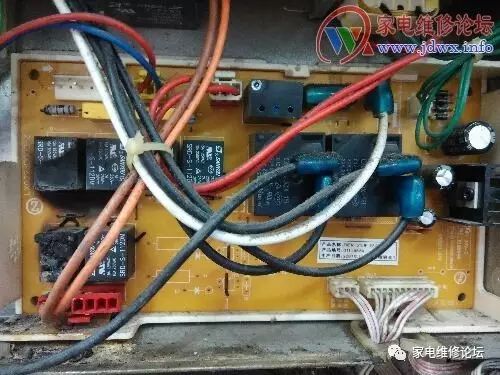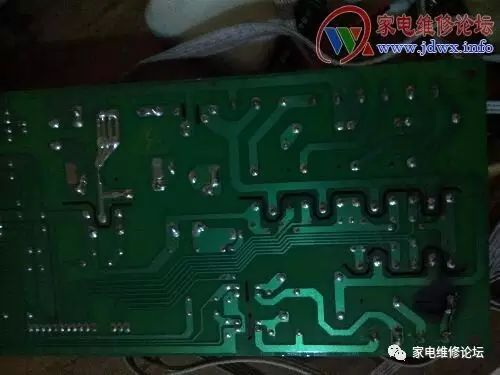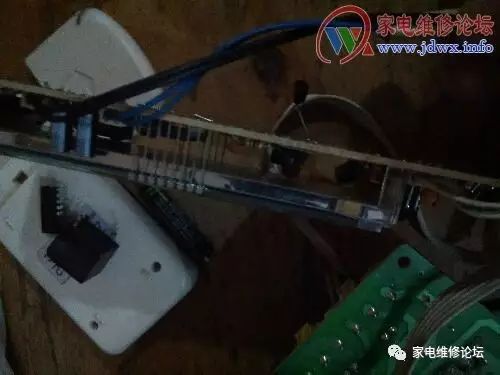Recently, I repaired a 2P Chigo air conditioner. I initially didn’t want to post about it, but there are likely many colleagues in the forum who also use old board components for repairing faulty machines. However, this was my first encounter with a situation where the disassembled board components were also defective, so I wanted to give a heads-up to my fellow technicians.
The user mentioned that several technicians had checked it before and all said it needed a universal board replacement or should be discarded. The local after-sales service suggested replacing the entire set of boards, quoting 800 yuan, but it was unclear whether the boards were available or when the repair could be completed.

Upon powering it on, I visually inspected the main control (driver) board, which had two small relays and showed signs of carbonization on the corresponding substrate. During cooling, there was no sound of the compressor relay engaging, and when switching to high-speed mode, the fan did not operate, nor did it respond during oscillation.
Clearly, both the operation board (display control board) and the execution board likely had issues, and the after-sales service was correct in suggesting a complete board replacement.

However, the outdoor unit was installed on the third floor’s exterior wall, making it difficult to check. If the compressor was damaged, I would have to provide a separate quote. I quickly checked the indoor unit and fortunately, the outdoor unit seemed fine.
I quoted the user for the board repair, and they agreed.
I disassembled the board for repair.

Since the buttons on the panel and the remote control produced corresponding sounds from the buzzer, the CPU was likely functioning correctly in some parts. However, the part controlled by the 2003 IC was not outputting the expected control levels. After checking, the input side of the IC showed normal fluctuations, but the output side had no corresponding changes. The 16V power supply was normal, leading me to assess that the IC was damaged. This IC was located beneath the display board.
I carefully removed a 2003 IC from an old board and replaced it without damaging or disassembling the display board. I cleaned the execution board substrate and replaced the two small relays. After powering it on, the corresponding operations were accompanied by the sound of the relays engaging, indicating that the board was repaired.

When I pressed the wind direction button, I only heard the buzzer sound but did not hear the corresponding relay engaging. Measuring with a resistance meter confirmed that it was indeed not engaging. I measured the two pins of the coil and surprisingly found only about 5V. When I manually grounded the control pin, it engaged. Clearly, the replaced 2003 IC was defective! I continued testing, and all other controls were functioning normally.
At this point, replacing the IC again seemed unnecessary and quite troublesome. Considering the characteristics of the transistor and the layout of the original circuit, I decided to connect an 1815 transistor in this path for testing, and everything worked fine.
Having repaired countless boards with disassembled components, encountering such a situation seems purely coincidental. However, one should not be misled by it.
Original text: http://www.jdwx.info/thread-663637-1-1.html
Home Appliance Repair Forumjdwxinfo
▲ Long press to recognize the QR code to follow
Home Appliance Repair Technology Forumjdwx-cn
▲ Long press to recognize the QR code to follow